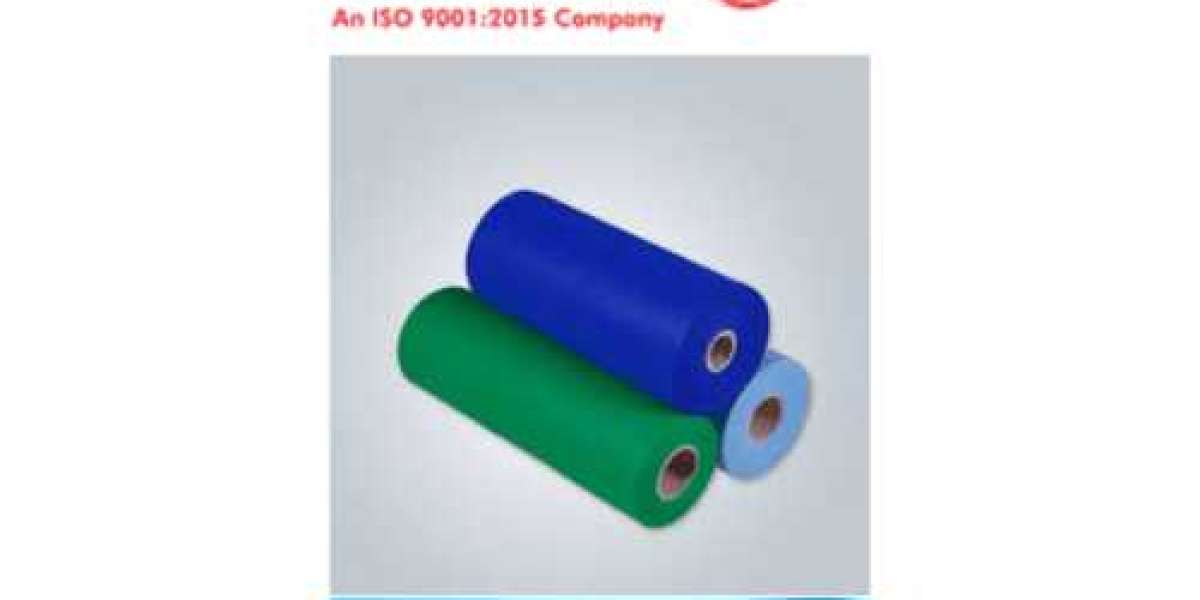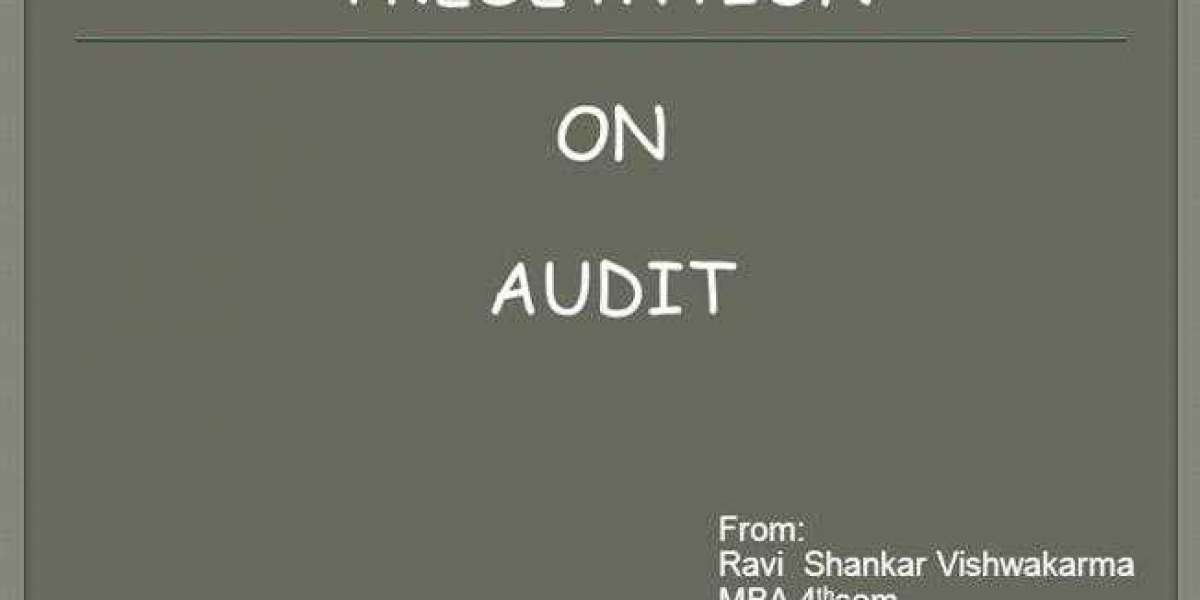PP spunbond nonwoven fabric, also known as PP non woven fabric is witnessing a surge in demand across various industries. This versatile material, made from melted polypropylene fibers bonded together, offers a unique combination of properties – lightweight, breathable, water-resistant, and cost-effective – making it ideal for diverse applications. This article explores the current trends and insights driving the rising demand for PP spunbond nonwoven fabric, delving into its advantages, diverse uses, and future outlook.
Why is PP Spunbond Nonwoven Fabric in Demand?
Several factors contribute to the increasing popularity of PP spunbond nonwoven fabric:
1. Cost-effectiveness: Compared to traditional woven fabrics, PP spunbond nonwoven fabric offers a cost-competitive advantage. This makes it an attractive option for manufacturers seeking to optimize production costs without compromising on quality.
2. Versatility: The fabric's unique properties allow for its use in a wide range of applications, from hygiene and medical products to filtration, agriculture, and construction. This versatility expands its market potential and caters to diverse industry needs.
3. Sustainability: While concerns exist regarding plastic waste, advancements are being made in the production of PP spunbond nonwoven fabric from recycled materials. Additionally, the fabric's reusability in certain applications and its potential for biodegradability under specific conditions contribute to its evolving sustainability story.
4. Performance: Spun bond fabric offers several performance benefits. It is lightweight, making it comfortable to wear in applications like disposable clothing. It is also breathable, allowing for air circulation, and water-resistant, providing a barrier against moisture. These properties enhance the functionality and user experience of products utilizing this fabric.
5. Technological advancements: Continuous advancements in production technology are refining the quality and functionality of PP spunbond nonwoven fabric. This includes innovations in fiber formation, bonding techniques, and finishing treatments, leading to improved strength, durability, and specific functionalities tailored for various applications.
Applications of PP Spunbond Nonwoven Fabric
The diverse properties of PP spunbond nonwoven fabric translate into a wide range of applications across various sectors:
1. Hygiene and Medical: This segment is a major driver of demand, utilizing the fabric in disposable diapers, wipes, surgical gowns, and medical drapes due to its hygiene, comfort, and water-resistant properties.
2. Filtration: PP spunbond nonwoven fabric plays a crucial role in air and water filtration applications. Its ability to trap particles efficiently makes it ideal for air filters, masks, and liquid filtration media.
3. Agriculture: The fabric finds use in agricultural applications like weed control mats, crop covers, and seed germination bags due to its water-resistant properties and ability to promote favorable growing conditions.
4. Construction: The industry utilizes PP spunbond nonwoven fabric for roofing underlayment, drainage applications, and insulation due to its water-resistant properties and lightweight nature.
5. Packaging: The fabric finds application in various packaging solutions, offering protection, cushioning, and disposable options for diverse products.
6. Other Applications: PP spunbond nonwoven fabric also finds use in various other applications, including furniture, automotive components, wipes, and home improvement products, further highlighting its versatility.
Conclusion
The demand for PP spunbond nonwoven fabric is anticipated to continue its upward trajectory, driven by its cost-effectiveness, versatility, and ongoing advancements. As sustainability concerns remain at the forefront, continued innovation in the production and use of this material will be crucial for its long-term success. With its diverse applications and evolving functionality, PP spunbond nonwoven fabric is poised to be a key player in various industries for years to come.
FAQs (Frequently asked questions)
Q1. Is PP spunbond nonwoven fabric recyclable?
A1. While traditional PP spunbond nonwoven fabric is not readily recyclable, advancements are being made to incorporate recycled content and explore biodegradability options.
Q2. What are the different types of PP spunbond nonwoven fabric?
A2. The fabric can be categorized based on weight (GSM - grams per square meter), thickness, and additional treatments like fire retardancy or water repellency.
Q3. What are the alternatives to PP spunbond nonwoven fabric?
A3. Alternatives include woven fabrics, natural fiber nonwovens, and other synthetic nonwovens. The choice depends on specific application requirements and cost considerations.












